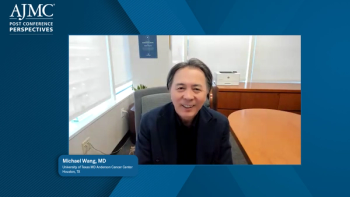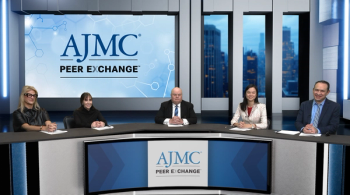
Digging Deeper: Mechanisms of Progression and the Case for a Dual Therapeutic Approach
Panelists discuss how chronic neuroinflammation involves distinct mechanisms from acute relapses—including microglial activation, mitochondrial dysfunction, and iron deposition—necessitating dual therapeutic approaches that address relapsing and progressive disease components.
Episodes in this series

Video content above is prompted by the following:
The mechanisms underlying chronic neural inflammation and neurodegeneration in multiple sclerosis (MS) differ fundamentally from those driving acute relapses, necessitating distinct therapeutic approaches. Chronic progression involves low-grade inflammation featuring activated microglia and toxic astrocyte subsets as part of the smoldering inflammation-neurodegeneration cascade. Age-related decline in central nervous system repair and recovery capabilities compounds these pathological processes. Multiple interconnected damage mechanisms contribute to progression, including mitochondrial dysfunction leading to energy deficiency, oxidative stress from inappropriate iron deposition by oligodendrocytes, excitotoxicity, myelin loss affecting axonal integrity, and direct neurodegenerative changes.
These distinct pathological mechanisms create a therapeutic challenge requiring innovative treatment strategies. The ideal approach would involve therapies that address relapsing and progressive components simultaneously—a “Holy Grail” that kills 2 birds with 1 stone. However, the dramatically different damage mechanisms may make this difficult to achieve. Bruton tyrosine kinase inhibitors show promise in this regard, although they’ve faced some disappointments in demonstrating superiority over moderate-efficacy comparators in relapsing MS trials, suggesting the challenge of creating truly dual-acting therapies.
Alternative therapeutic strategies include combination approaches using separate treatments for relapsing and progressive components, although this requires rigorous studies demonstrating additive benefits and acceptable risk-benefit ratios. A third possibility involves staging techniques: treating patients with newly diagnosed relapsing MS with highly effective relapsing therapies for 1 to 3 years to reset immune function, then switching to treatments focused on preventing PIRA for long-term neuroprotection. Although intellectually appealing, any staging approach requires robust clinical validation demonstrating patient benefit rather than relying solely on theoretical advantages. The future of MS treatment likely involves personalized approaches based on individual disease characteristics and biomarker profiles.
Newsletter
Stay ahead of policy, cost, and value—subscribe to AJMC for expert insights at the intersection of clinical care and health economics.








































